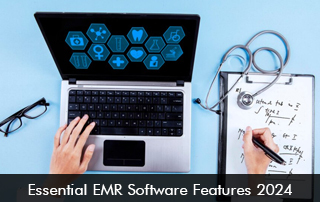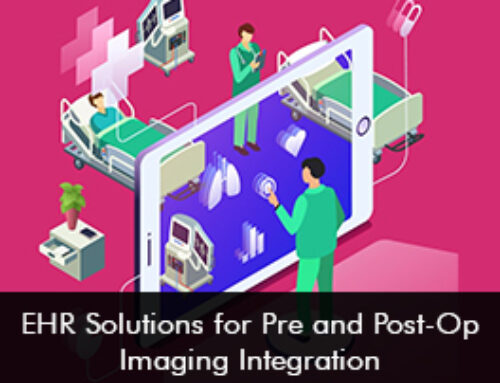To manage patient data efficiently and improve clinical procedures, healthcare providers must use Electronic Medical Records (EMR) Software technology. In the US, hospitals and health systems are increasingly relying on EHR systems to improve patient care, meet regulatory requirements, increase efficiency, and promote care coordination between providers.
Increased adaption of EMR Software
According to a report released by the ONC, almost all hospitals and physician offices in the US have deployed electronic medical records software to automate workflows.
By 2021, the majority of hospitals in the United States have utilized Electronic Medical Record software solutions. The Office of the National Coordinator for Health Information Technology (ONC) estimates that by 2020, 96% of non-federal acute care hospitals in the United States have implemented approved EMR technology.
The higher adoption rates in software technology indicate that hospitals recognize the benefits of using EHR solutions. Providers have accurate data that is available at the point of care. Alerts can help improve patient safety, and interoperability options can support the seamless exchange of patient data which is essential for high-quality patient care.
Top 5 Tools of Electronic Health Records Software in 2024
Here are five essential aspects of top-rated EMR software this year that provide a complete and comprehensive solution:
- Patient Records Management: EHR software allows healthcare providers to digitally store and retrieve patient medical records, such as medical history, allergies, prescriptions, laboratory results, and radiology images. Clinicians may make better-informed decisions and give individualized care with simple access to patient information, keeping patients satisfied.
- Clinical Decision Support: The software’s clinical decision support capabilities can improve patient care by recommending diagnoses, treatment choices, and drug dosages. This is done by the CDS tool leveraging patient data, lab results, and medical history recorded in the system. This feature can assist healthcare providers in making more informed decisions and reducing medical errors, hence improving patient safety.
- Secure Data Exchange: Interoperability capabilities in the EMR software allow clinicians to securely communicate patient data with other healthcare providers, including hospitals, clinics, and labs. The seamless sharing of patient data allows healthcare practitioners to work more effectively and provide better continuity of treatment.
- Billing and Coding: Electronic medical records software can integrate with billing and coding systems. This allows medical practices to manage patient billing and insurance claims efficiently. Providers can now focus on patient care and stop worrying about tedious medical billing procedures. Billing and coding tools help to improve the revenue stream.
- AI Features in EMR Systems: Software vendors are enhancing Electronic Health Records Software technology by integrating Artificial Intelligence functionality in the software. These tools are sophisticated enough to optimize workflow, predict patient flow, and even support clinical trials and research. Speech dictation tools can streamline tedious charting tasks for hands-free data entry.
Moving ahead
While EHR software technology has become extensively used, the quality and usability of these systems can differ greatly between hospitals. To guarantee effective utilization, healthcare practitioners must select an electronic medical records system that matches their individual needs and provides enough support and training to reap maximum benefits from automation.







